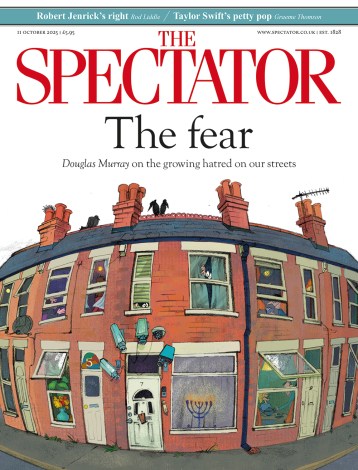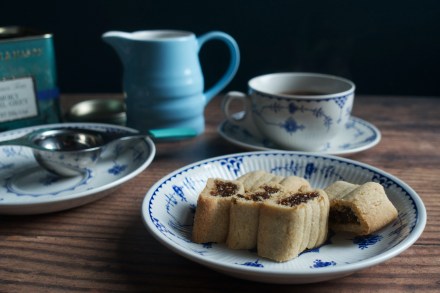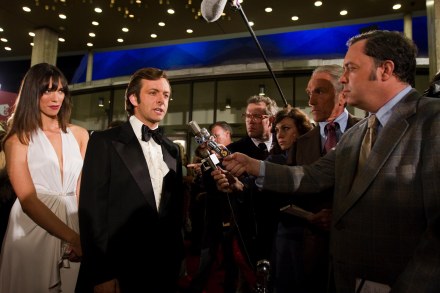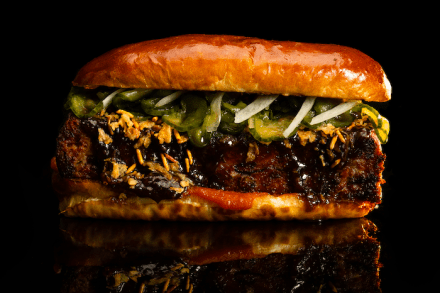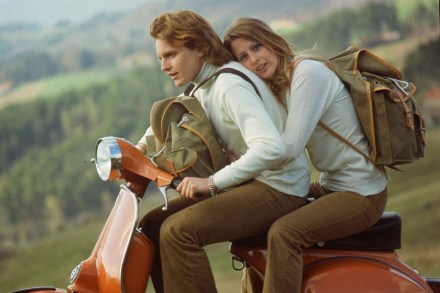The viral appeal of the aubergine
It seems at first an unlikely ingredient for global domination – particularly if, like me, you first encountered it as an unappetising squidge at the centre of a badly-made seventies moussaka. While the actual aubergine – the palpable purple signature ingredient from said retro Greek bake – remains a relatively minor player in the western larder at least, its visual representation, the aubergine in emoji form, has broken out of the virtual veg box. The text symbol for aubergine since it was first created, in Japan, in only 2010, has been visually depicted more times than any other fruit in the history of the world to date, maybe even more

